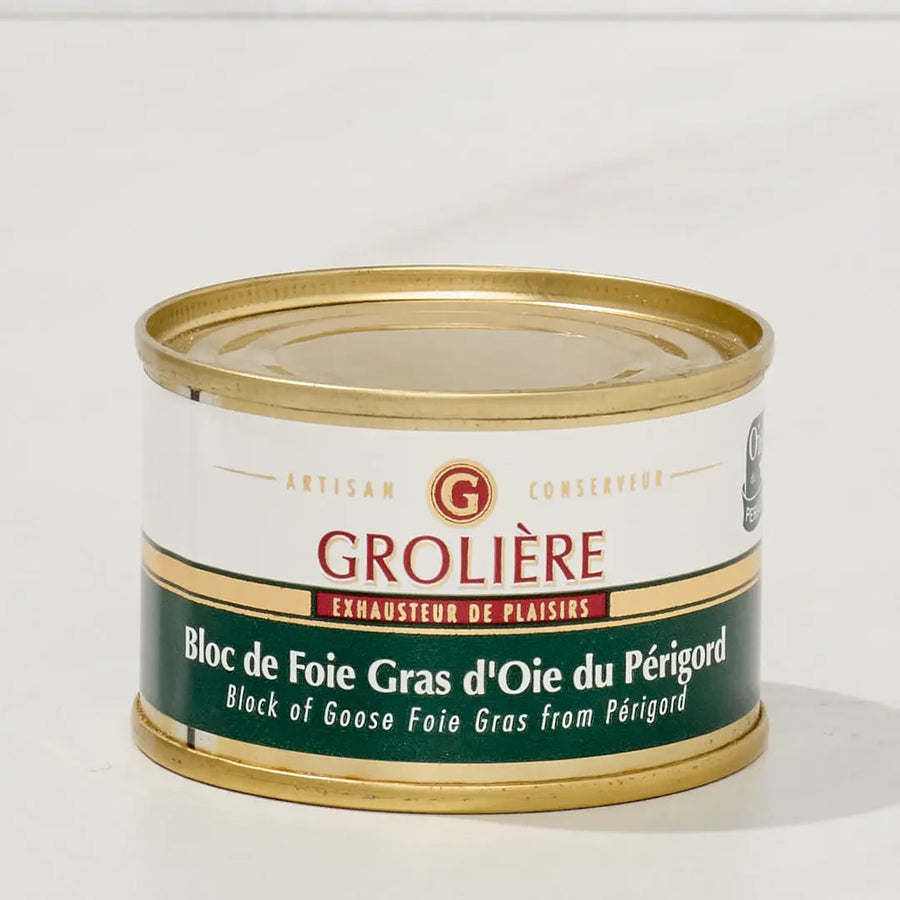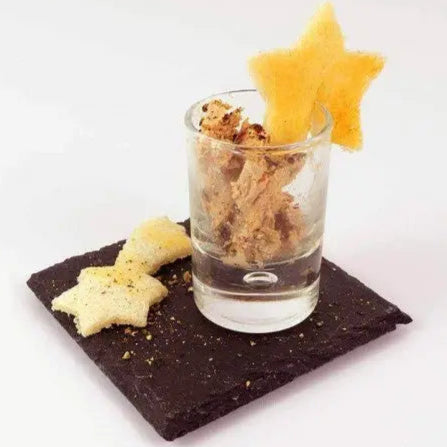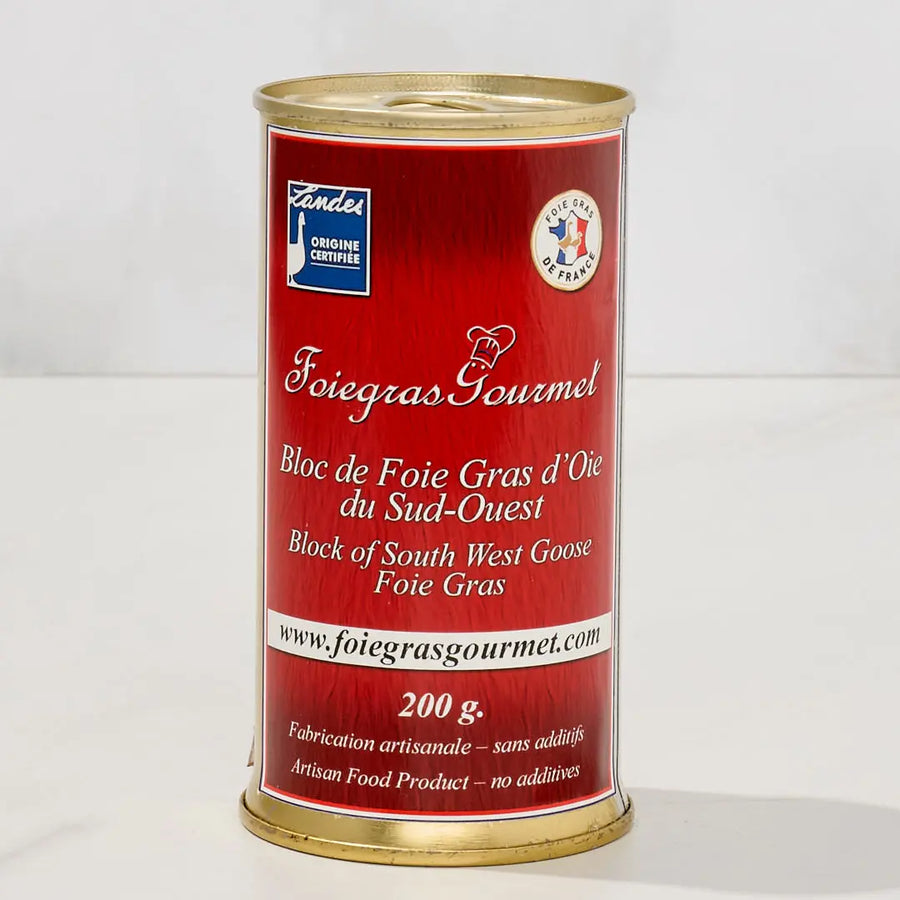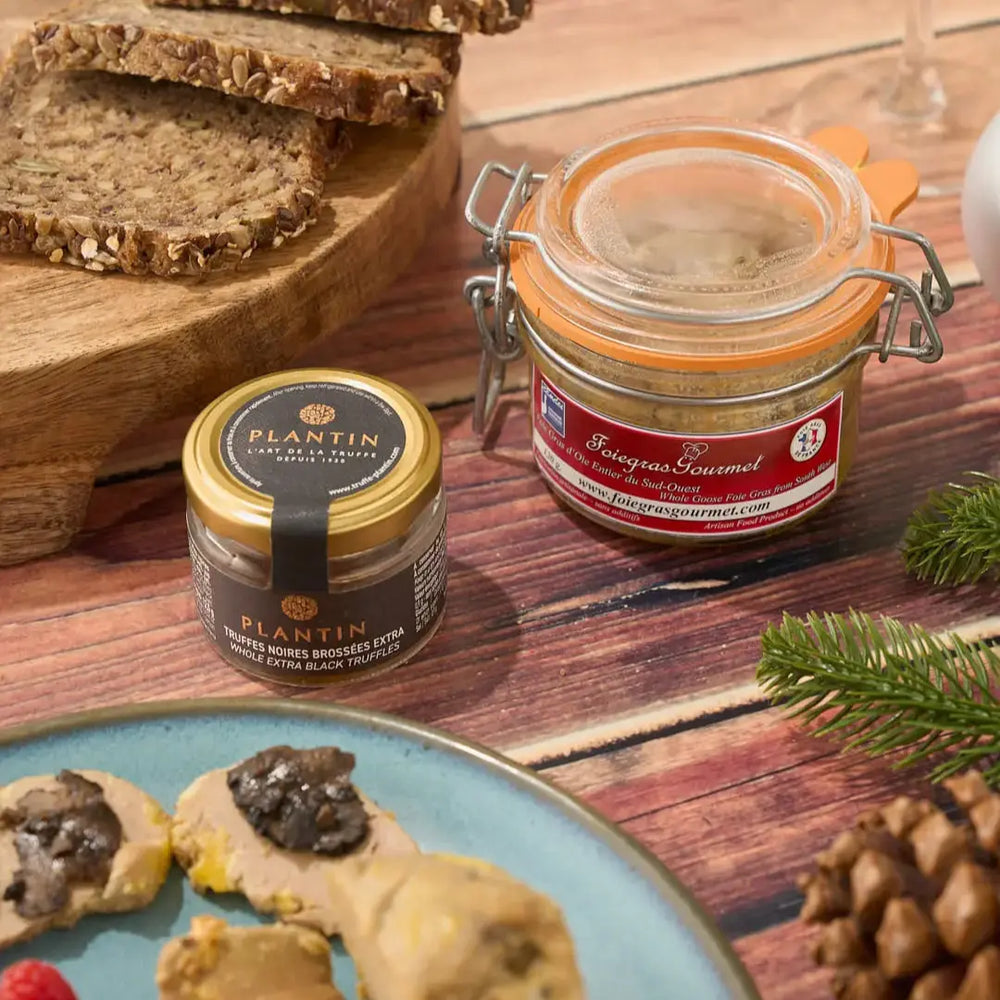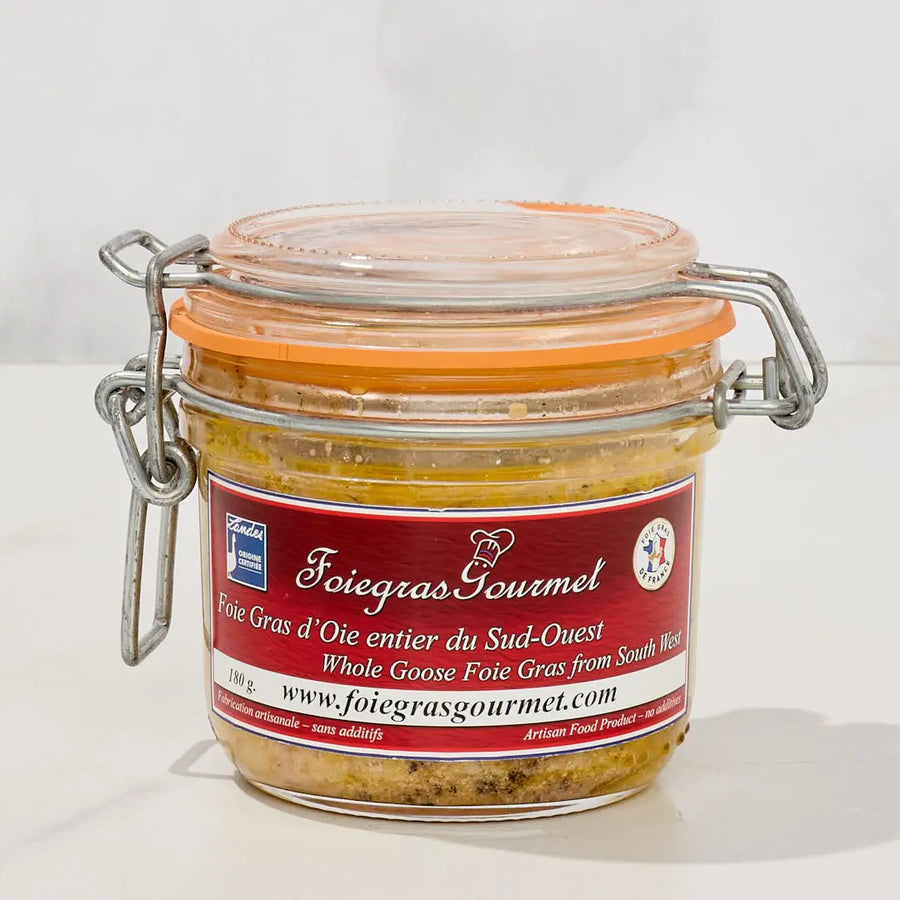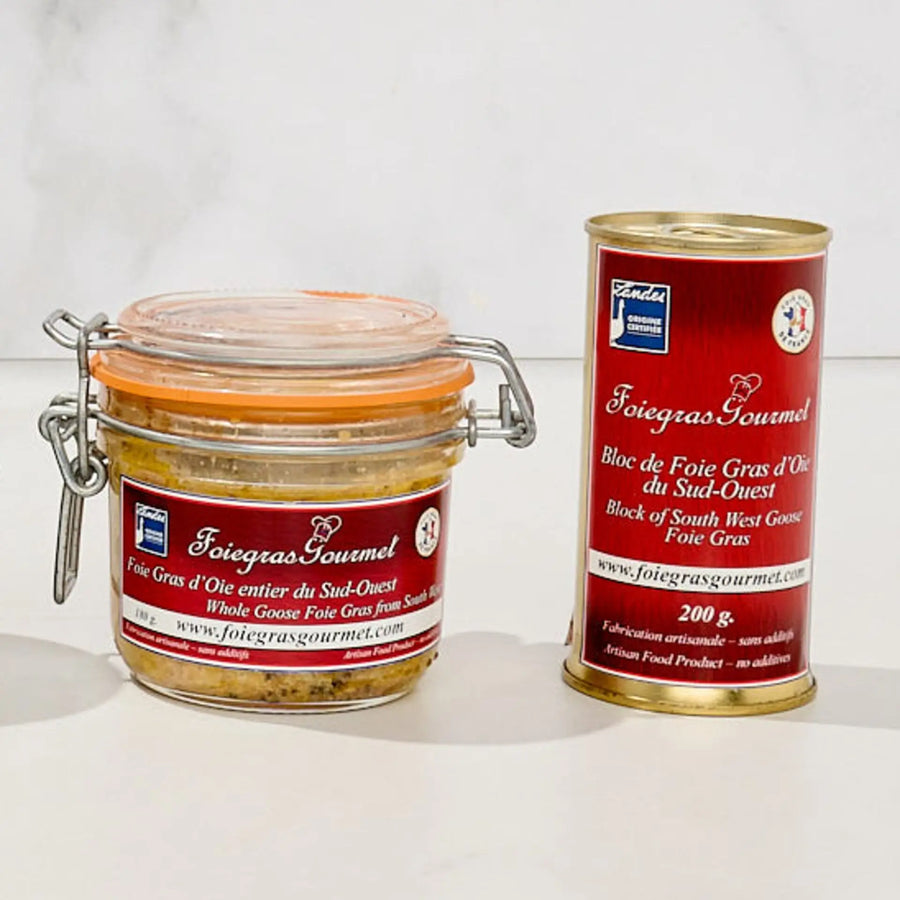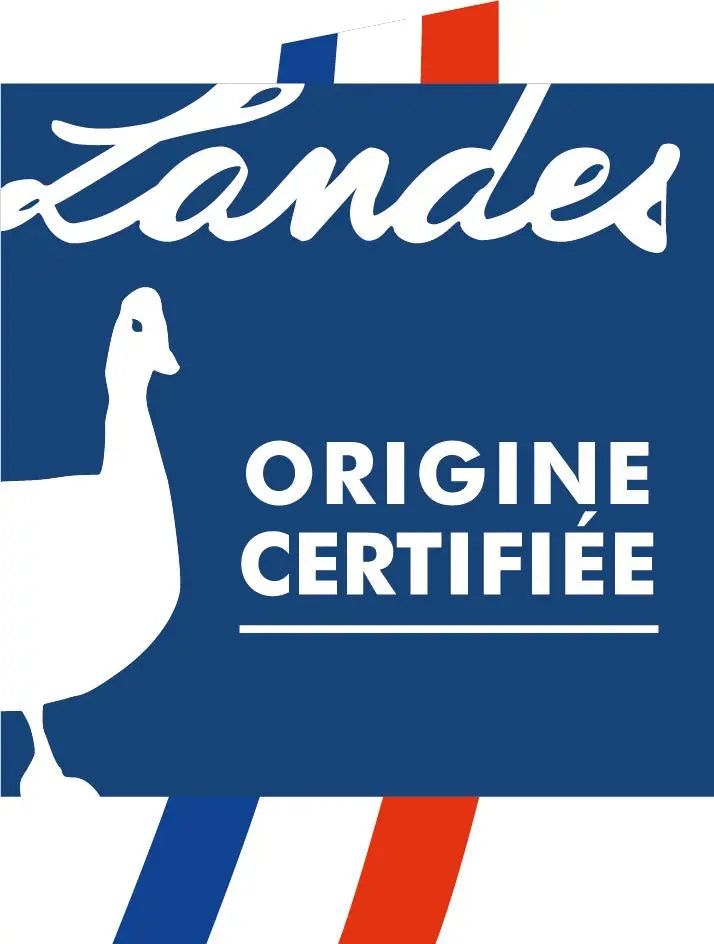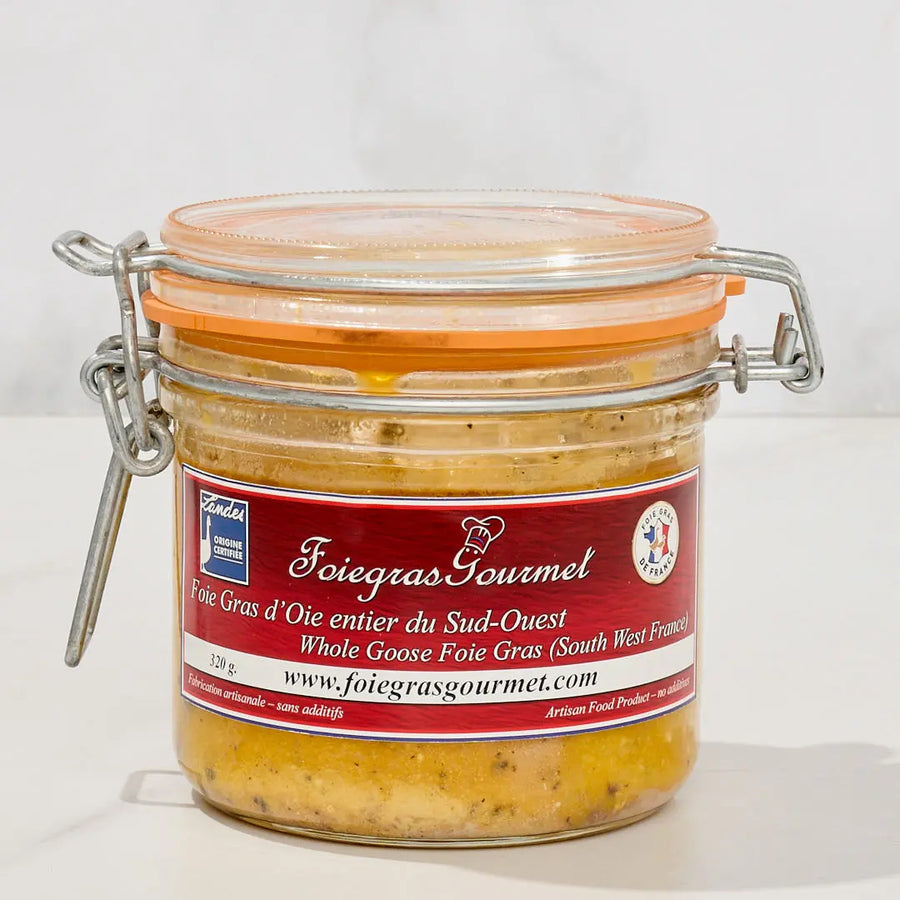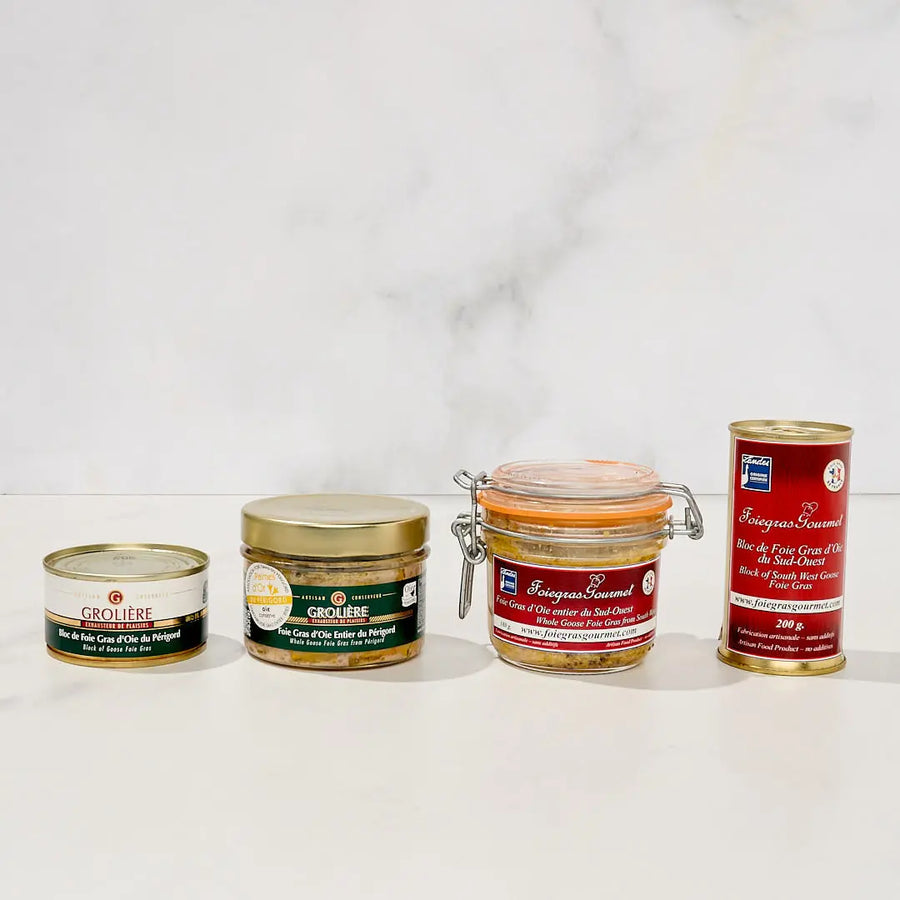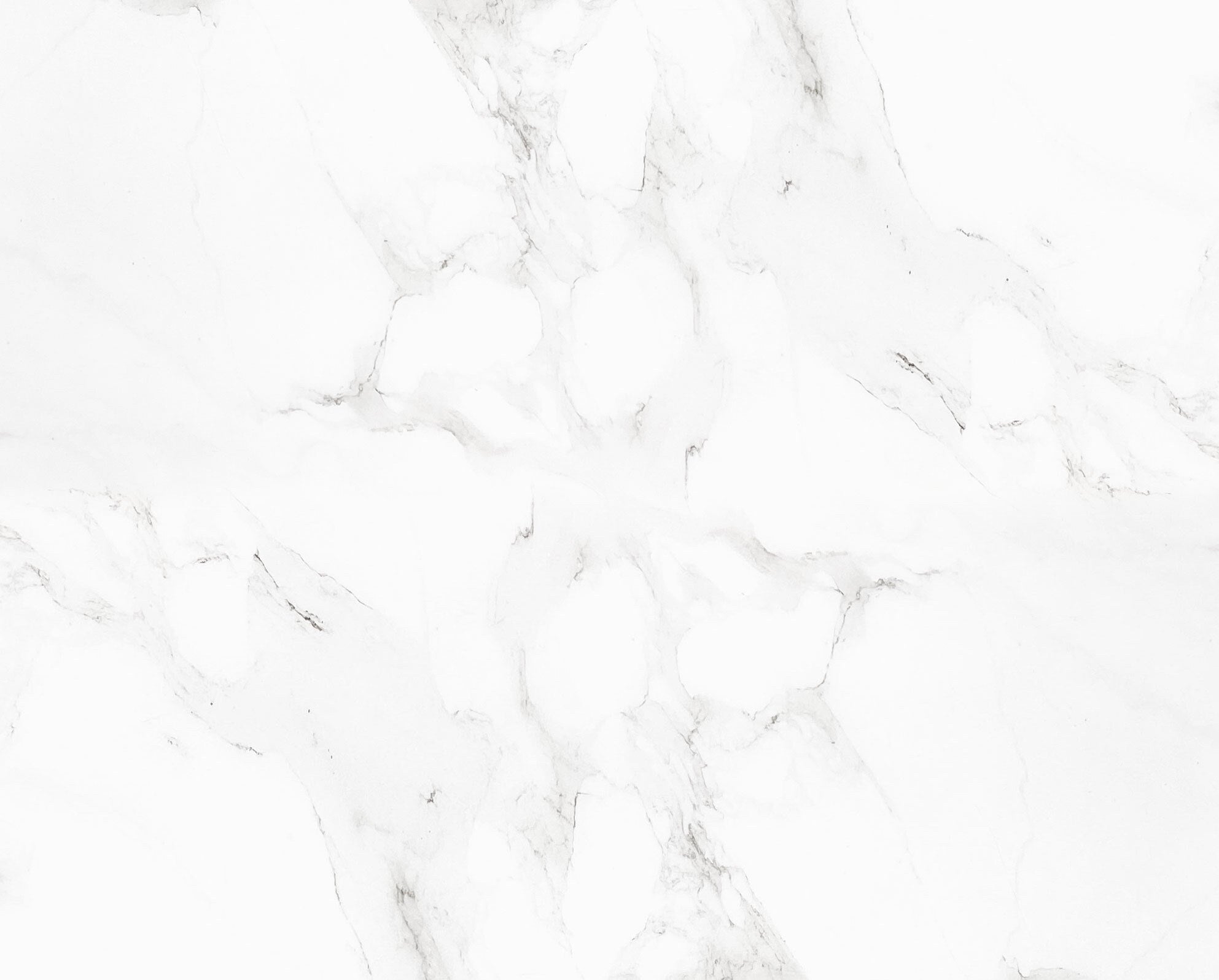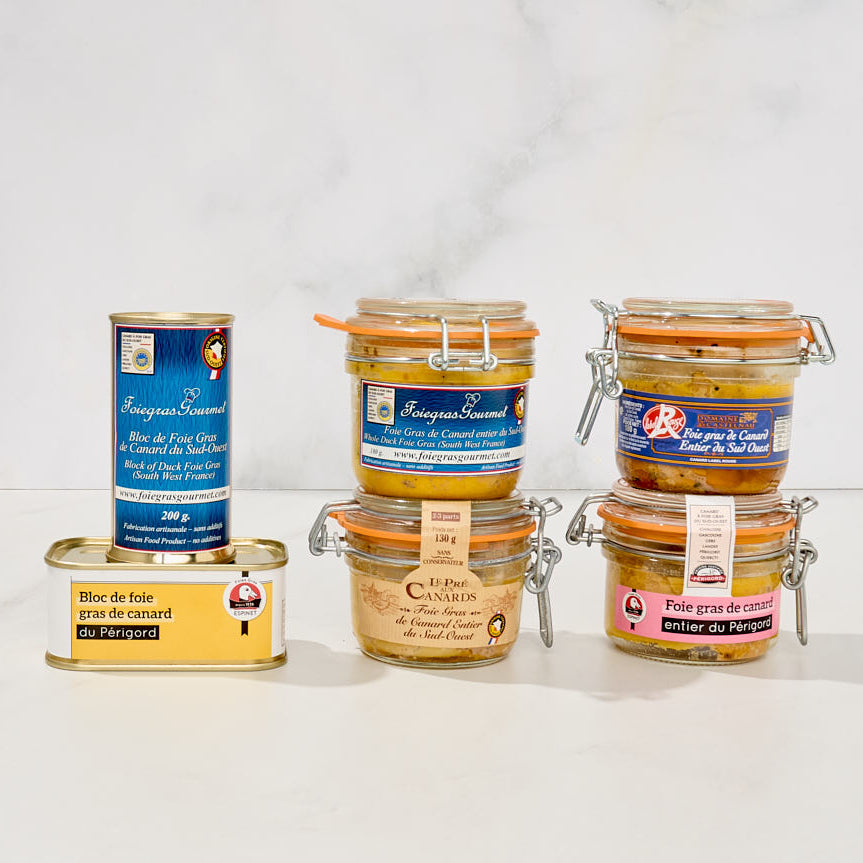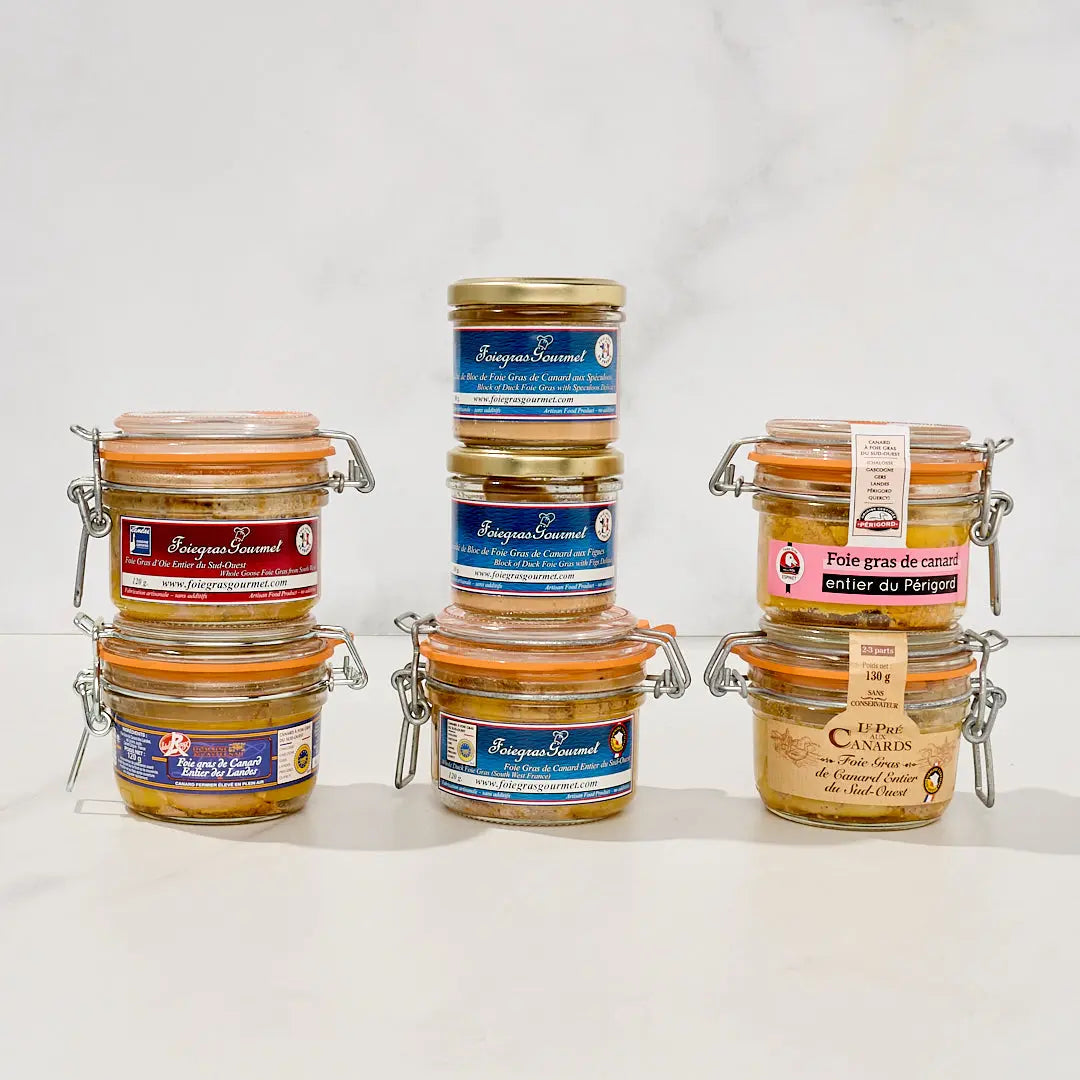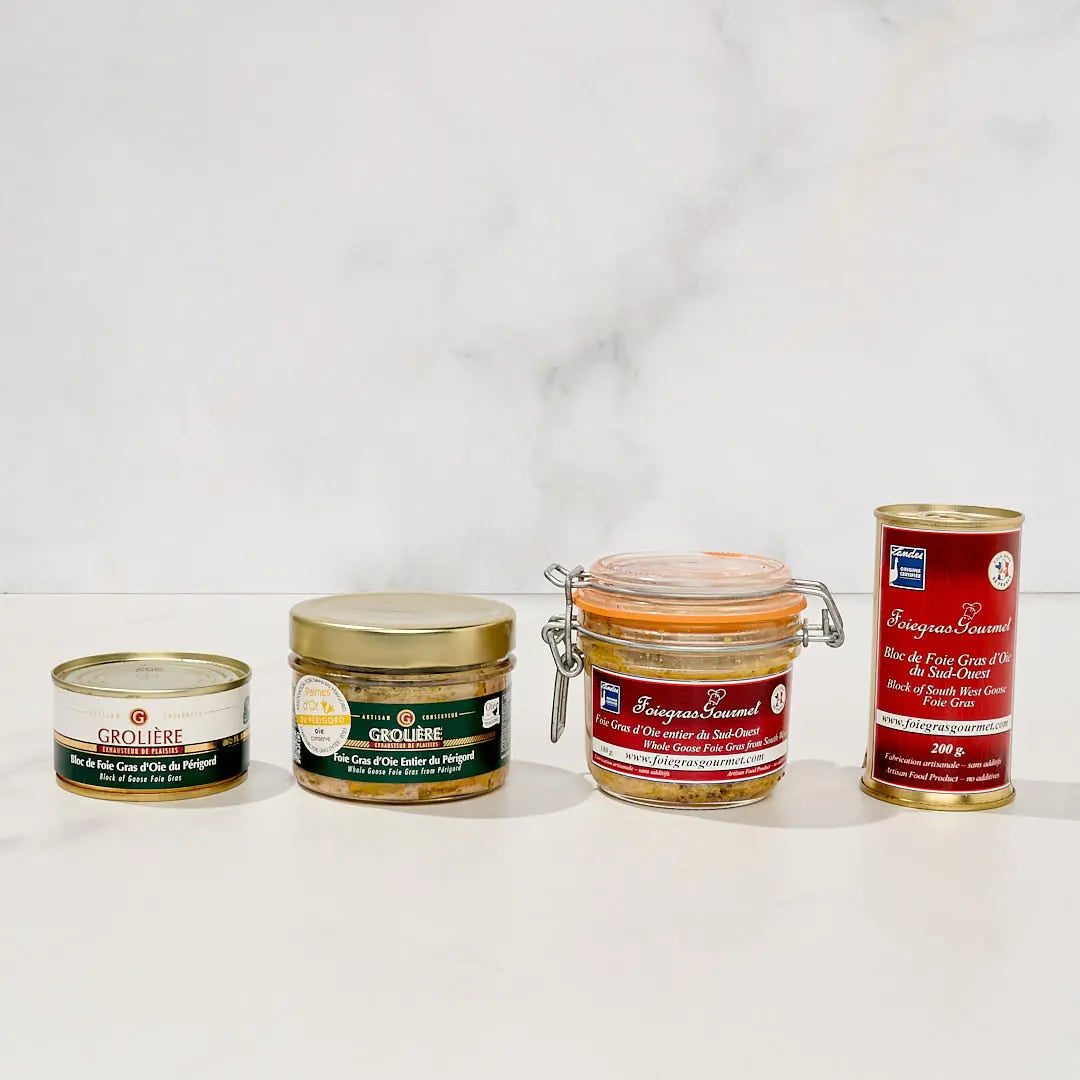
Goose foie gras has survived the centuries and is now considered the dish of kings.
It was the Egyptians who studied the behavior of geese and learned that birds naturally gorge themselves on food prior to migration. They domesticated the birds, replicating the process by force-feeding geese with figs, a process subsequently adopted by the Greeks, the Romans and finally by the Jewish diaspora who later propagated this technique in several European countries, most notably in Hungary, Bulgaria, Poland and, later, in France.
According to Jewish tradition and the rules of Kashrut (dietary regulations), meat products must not come into contact with dairy products. The use of butter to cook meat is, therefore, forbidden, as is the use of lard (pork fat). At the time, olive oil was a rarity.
For the Jews of Central Europe, the goose was popular as it provided them with the fat necessary for cooking other foods, gave them meat and, fattened, produced a wonderful foie gras which they kept for meals on important occasions.
This is how the breeding and fattening techniques of geese developed and spread wherever Jewish communities lived, as is the case in Alsace.
While a goose foie gras is larger in size than that of a duck, goose foie gras is very expensive to produce and for this reason much of its production takes place in Eastern Europe where industry force-feeding sometimes occurs in questionable ethical conditions and is conducted by workers using metal tubes or pens to force-feed the geese and, on occasion, the treatment is tantamount to the birds being tortured.
This is precisely why in the Périgord and Landes regions of France, artisanal companies have joined forces to offer quality goose foie gras "Oie du Périgord" and "Oie des Landes". Today, these geese are born, raised, fed and then slaughtered in the South-West of France in accordance with strict hygiene conditions and an ethic which guarantees the well-being of the birds.
It is possible to visit these farms, including their force-feeding workshops, where everyone can see for themselves the conditions in which the animals are raised. Workshops are also offered to demonstrate the different recipes (whole or entier foie gras, blocks of foie gras, terrines, pan-fried foie gras, etc.). On these farms there are no poorly-trained workers who would apply an industrial process with equipment (metal pipes, pens etc) not specifically adapted for the throats of the birds.
Goose foie gras is considered by specialists to be the black caviar of foie gras: more expensive than duck foie gras and with its subtler flavor, this is the foie gras of gourmets and connoisseurs.
Goose Foie Gras is served in its pure state, in all its nobility, to provide exceptional savoring moments epitomizing French tradition and gastronomy.
Grolière goose foie gras from Périgord has received awards in numerous competitions in France and has won many medals. The Foie Gras Gourmet goose foie gras from the Landes region is made to the same rigorous recipe and was recently rated "excellent" by a panel of chefs during a foie gras blind tasting in a prestigious restaurant.
Our products all come from the South-West of France where the best foies gras are to be found! Discover new and wonderful flavors which marry well with chutneys, jams and wine.






